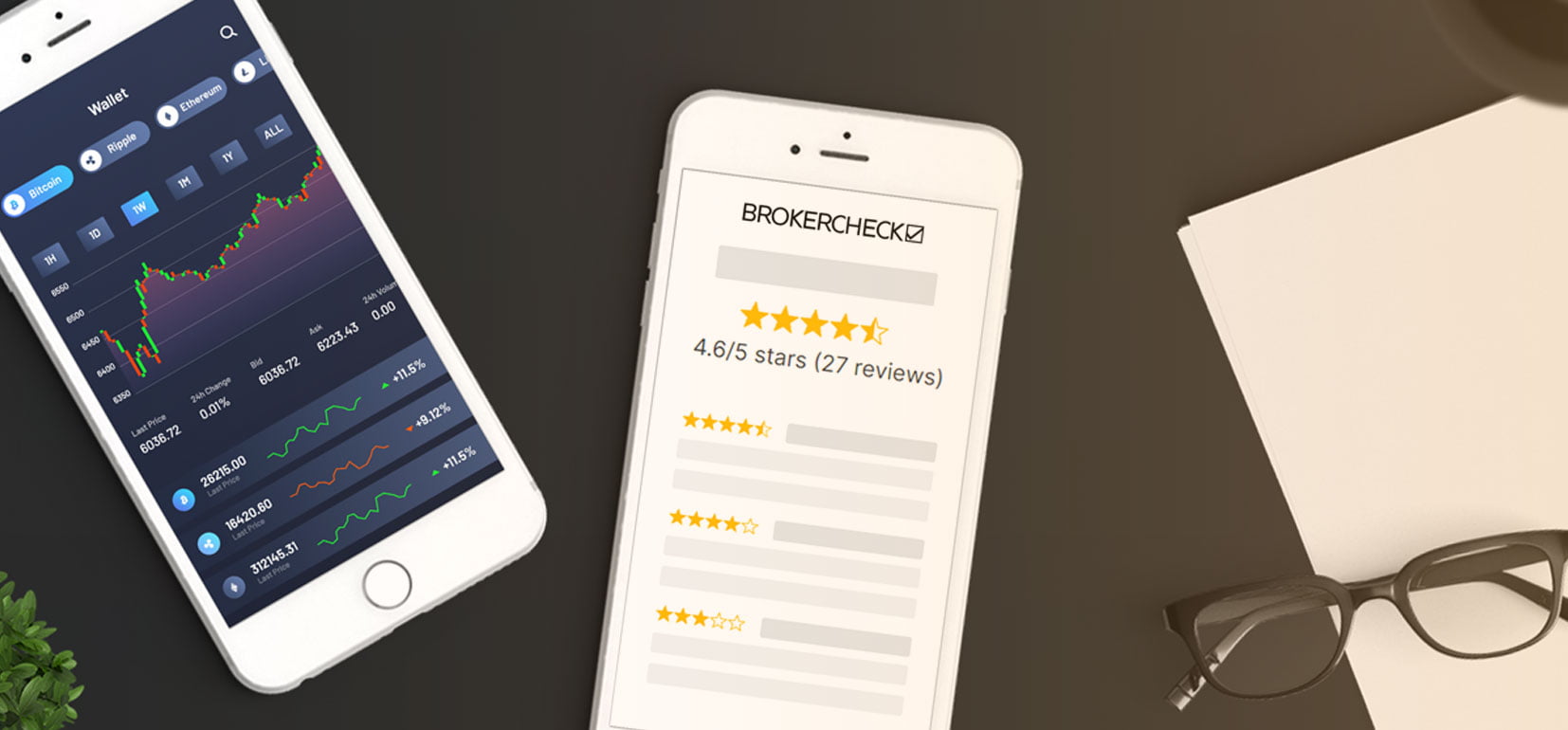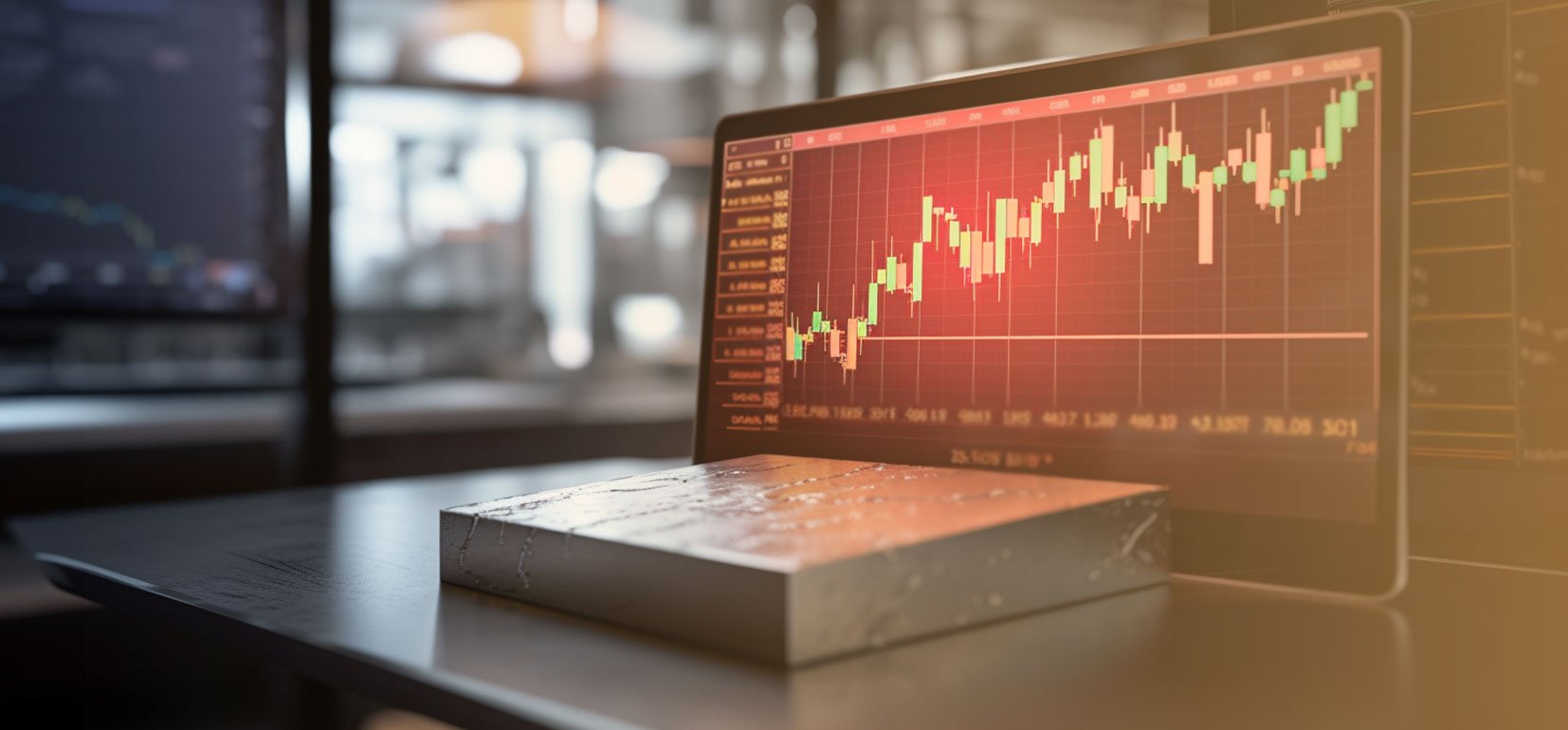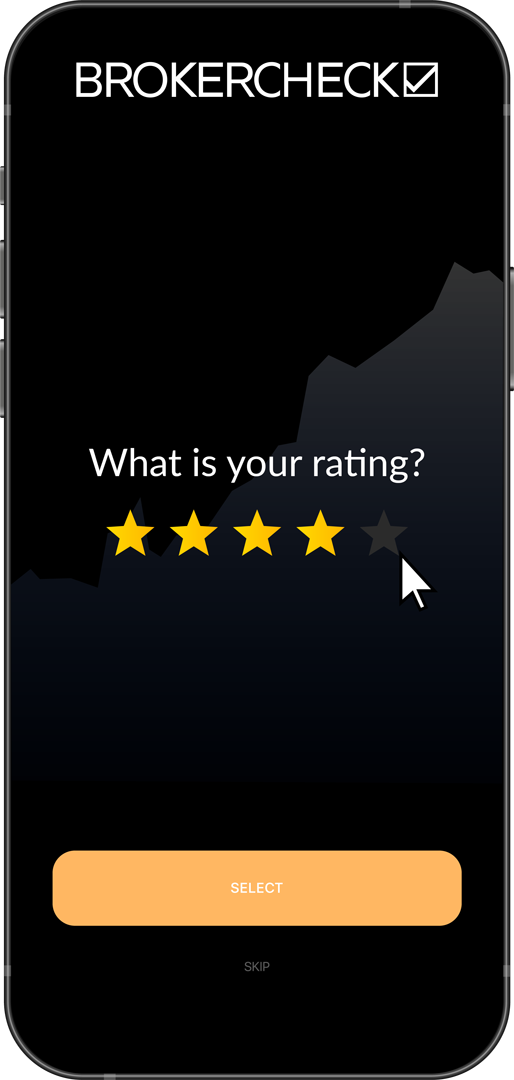1. Understanding Palladium
Palladium, a precious metal with the chemical symbol Pd, is a lustrous, silvery-white metal that is often overlooked in the trading world, but holds immense potential for savvy investors. It’s a member of the platinum group metals (PGMs) and is one of the rarest metals on earth, making it highly valuable.
The primary use of palladium is in the automotive industry, where it’s used in catalytic converters to reduce harmful emissions. This makes the demand for palladium closely tied to the health of the global automotive industry. However, it’s also used in electronics, dentistry, medicine, hydrogen purification, chemical applications, and groundwater treatment, showing its versatility and importance in various industries.
Supply and Demand are crucial factors in the price of palladium. The majority of the world’s supply comes from just two countries: Russia and South Africa. This geographical concentration can lead to price volatility, as any disruption in these regions can significantly impact the global supply.
Trading Palladium can be done through several avenues. These include physical palladium (bars, coins), palladium futures, palladium ETFs, and shares in palladium mining companies. Each of these options has its pros and cons, and it’s essential for traders to understand these before diving in.
Palladium, like other commodities, is subject to price fluctuations and should be traded with caution. However, its unique characteristics and growing importance in various industries make it an intriguing option for traders looking for diversification and potential growth. It’s a lesser-known metal with a bright future, and understanding it could be the key to unlocking new trading opportunities.
1.1. What is Palladium?
Stepping into the world of trading, you may have heard of the term Palladium. But what exactly is it? Palladium is a shiny, silvery-white metal, one of the six platinum group metals, which also includes platinum, rhodium, ruthenium, iridium, and osmium. It is named after the asteroid Pallas and was discovered in 1803 by William Hyde Wollaston.
The fascinating thing about Palladium is its rarity. It’s even rarer than gold! This scarcity, combined with its unique properties, makes it highly valuable in the trading world. Palladium is resistant to corrosion and oxidation, and it possesses exceptional catalytic properties. This means it’s not just a precious metal but also a vital component in various industrial applications.
One of the primary uses of Palladium is in the automotive industry, where it’s used in catalytic converters to turn harmful gases into less harmful substances. The electronics industry also values Palladium for its excellent conductive properties. It’s used in making electrical contacts and multi-layer ceramic capacitors.
Trading Palladium can be a lucrative venture due to its high demand and limited supply. Its price is driven by a variety of factors, including supply and demand dynamics, geopolitical tensions, and economic indicators. As a trader, understanding these factors can help you make informed decisions and potentially reap substantial rewards.
Palladium is traded in several forms, including physical bars and coins, exchange-traded funds (ETFs), futures contracts, and options. Each of these trading methods has its own advantages and potential risks, which you must consider before diving in.
The world of Palladium trading is fascinating and filled with opportunities. However, like any other investment, it also comes with risks. Therefore, it’s essential to arm yourself with knowledge and stay updated with market trends.
1.2. Why is Palladium Valuable?
Palladium, a lustrous white metal, is highly sought after for its unique properties and wide-ranging applications. Its inherent value is driven by several key factors. The first and most significant is its indispensability in the automotive industry. Palladium is a crucial component in catalytic converters, which are devices fitted in vehicles to reduce harmful emissions. With the world’s increasing focus on environmental sustainability, the demand for this metal is expected to remain high.
The second factor contributing to palladium’s value is its rarity. Palladium is 30 times rarer than gold, making it one of the scarcest metals on earth. This rarity, combined with its high demand, often leads to significant price fluctuations in the palladium market, presenting potentially lucrative opportunities for traders.
Thirdly, palladium’s industrial applications extend beyond the automotive industry. It is used in electronics, dentistry, jewelry, and even groundwater treatment. These diverse uses further solidify its demand and value.
Lastly, palladium’s investment potential cannot be overlooked. Like other precious metals, palladium serves as a hedge against inflation and currency devaluation. In times of economic uncertainty, investors often turn to palladium and other precious metals to safeguard their wealth.
In the world of trading, understanding the value of palladium and the factors that influence its price is crucial. Whether you’re a seasoned trader or a beginner, keeping a close eye on this versatile metal could unlock new avenues for portfolio diversification and profit.
1.3. The History of Palladium Trading
In the grand scheme of trading history, palladium is a relatively new player. The metal was discovered in 1803 by English chemist William Hyde Wollaston, but it wasn’t until the latter half of the 20th century that its potential for investment began to be realized. The 1970s saw the introduction of palladium futures contracts on the New York Mercantile Exchange (NYMEX), providing a new avenue for traders to speculate on the price of this precious metal.
However, it was the automotive industry’s growing demand for palladium, primarily for use in catalytic converters, that truly put this metal on the trading map. By the late 1990s, Russia, the world’s largest producer of palladium, was experiencing significant political and economic upheaval, leading to unreliable supply and causing a dramatic spike in prices.
ETFs (Exchange-Traded Funds) based on palladium started to appear in the early 2000s, offering another option for traders. These ETFs track the price of palladium and are traded like shares on the stock exchange.
The 2010s brought about another significant development in the history of palladium trading. The launch of palladium-backed cryptocurrencies offered a new, digital way to invest in this precious metal. These cryptocurrencies are backed by physical palladium, providing a secure and convenient way to trade this commodity.
Despite its relatively short history, palladium trading has seen a lot of action. From its humble beginnings as a byproduct of platinum mining to its current status as a sought-after investment, palladium’s journey has been nothing short of remarkable. This history underlines the importance of understanding the dynamics of supply and demand, geopolitical influences, and innovative trading methods when dealing with this precious metal.
2. How to Trade Palladium
Palladium trading is not as daunting as it may seem. The lustrous, silver-white metal has gained significant attention from traders globally due to its high value and scarcity. The primary step to trading palladium involves understanding its market dynamics.
Market Dynamics play a pivotal role in determining the price of palladium. It’s crucial to monitor global economic trends, demand and supply factors, and geopolitical events. For instance, any disruption in the supply chain from major producers like Russia and South Africa can result in price volatility.
Choosing the right trading platform is another crucial aspect. Look for platforms that offer competitive spreads, advanced trading tools, and robust security measures. Some popular platforms include Forex.com, eToro, and Plus500.
Trading Strategies are the backbone of any successful trading endeavor. You can choose from a variety of strategies such as swing trading, day trading, or position trading based on your risk tolerance, trading goals, and time commitment.
Technical Analysis is a powerful tool for palladium traders. It involves studying price charts and using indicators to predict future price movements. Key indicators include moving averages, Relative Strength Index (RSI), and Bollinger Bands.
Fundamental Analysis is equally important. It involves assessing macroeconomic data, industry trends, and company-specific factors that could influence palladium prices. This includes tracking data like GDP growth rates, inflation, and industrial production numbers.
Risk Management should never be overlooked. Always set stop-loss and take-profit levels to manage potential losses and protect your profits. Diversifying your portfolio by trading other commodities or assets can also help mitigate risk.
Education and Research are key to staying ahead in the game. Make use of online resources, tutorials, webinars, and market reports to keep yourself updated on market trends and trading techniques.
Remember, palladium trading requires patience, discipline, and continuous learning. It’s not a get-rich-quick scheme but a thoughtful process that demands a strategic approach. Happy trading!
2.1. Palladium Trading Methods
Palladium, a precious metal with a myriad of uses and applications, presents a unique opportunity for savvy traders. Understanding the various methods of trading palladium is crucial to making the most of this intriguing market.
Spot Trading is the most straightforward method. Here, you buy or sell palladium at its current market price. This method requires a keen eye for market trends and the ability to act quickly on sudden price movements.
For those who prefer a more strategic approach, Futures Contracts offer the ability to buy or sell palladium at a predetermined price in the future. This method allows traders to hedge against potential price fluctuations and can lead to significant profits when executed correctly.
Options Trading provides an even more flexible trading method. An options contract gives the trader the right, but not the obligation, to buy or sell palladium at a specific price within a set time frame. This method can be particularly profitable during periods of high market volatility.
Another popular method is Exchange-Traded Funds (ETFs). These are investment funds traded on stock exchanges, much like individual stocks. Palladium ETFs offer exposure to the metal without the need to physically store it, making them an attractive option for many traders.
Lastly, Contracts for Difference (CFDs) allow traders to speculate on the price of palladium without owning the underlying asset. This method can be highly profitable, but also carries significant risk, as losses can exceed the initial investment.
Each of these methods has its own set of advantages and potential pitfalls. The key to successful palladium trading lies in understanding these methods, staying informed about market trends, and making calculated decisions.
2.2. Understanding Palladium Market Trends
Palladium, a precious metal often overshadowed by its more famous counterparts like gold and silver, has been steadily carving out its niche in the trading world. A key component in automotive catalytic converters, its demand has rocketed in recent years, largely driven by stringent emission standards globally. As a trader, keeping a keen eye on automotive industry trends can provide valuable insights into potential shifts in palladium demand.
Supply-side factors are equally crucial to understanding palladium market trends. The majority of the world’s palladium is mined in Russia and South Africa, making it susceptible to geopolitical tensions and labor disputes. Any disruption in these regions can send palladium prices soaring.
In addition, recycling is a significant source of palladium. As the price of palladium rises, so does the incentive to recycle old catalytic converters, potentially increasing supply and exerting downward pressure on prices.
Investor sentiment also plays a pivotal role. Like other precious metals, palladium can act as a hedge against inflation or economic uncertainty. During such times, investor demand for palladium can spike, pushing prices higher.
Lastly, don’t overlook the impact of technological advancements. For instance, the shift towards electric vehicles could reduce the demand for palladium in the automotive industry. However, new uses for the metal in other industries could offset this.
In the ever-evolving world of palladium trading, staying informed and adaptable is key. By understanding these market trends, you can make more informed trading decisions, potentially reaping substantial rewards.
2.3. Risk Management in Palladium Trading
As the allure of Palladium trading continues to grow, it’s crucial to understand the importance of risk management in this arena. Palladium, like any other precious metal, is subject to market volatility, which can either lead to substantial gains or significant losses.
Firstly, it’s essential to understand the market dynamics. Palladium prices are influenced by a variety of factors, including supply and demand, geopolitical issues, and economic indicators. Staying abreast of these factors can help you anticipate market trends and make informed trading decisions.
Secondly, diversification is a key strategy in risk management. Don’t put all your eggs in one basket; instead, spread your investments across different assets to reduce potential losses. While Palladium can be a profitable investment, it shouldn’t be the only one in your portfolio.
Thirdly, setting stop-loss orders is another crucial risk management technique. This allows you to limit your losses by setting a predetermined level at which your trade will be closed if the market moves against you.
Lastly, never trade more than you can afford to lose. This might seem like an obvious point, but it’s one that many traders overlook. Always set aside a specific amount of your capital for trading and stick to it, no matter how tempting it might be to invest more.
Remember, successful trading is not just about making profits; it’s also about managing risks effectively. By implementing these risk management strategies, you can navigate the volatile world of Palladium trading more confidently and profitably.
3. Developing a Palladium Trading Strategy
Palladium, a precious metal with a myriad of industrial applications, demands a unique approach when it comes to trading. The first step in crafting a successful strategy is understanding the factors that influence its price. These include automotive demand, as palladium is a key component in car exhaust systems, and geopolitical events, especially those affecting major producers like Russia and South Africa.
Next, it’s important to monitor the market regularly. This involves keeping an eye on inventory levels, production data, and news from key players in the palladium industry. A sudden change in any of these areas can lead to significant price movements.
Technical analysis is another crucial element in your trading strategy. This involves studying past price patterns to predict future movements. Key indicators to consider include moving averages, relative strength index (RSI), and Fibonacci retracements.
“The goal of a successful trader is to make the best trades. Money is secondary.” – Alexander Elder
Finally, risk management cannot be overlooked. This involves setting stop losses to protect your capital from significant market downturns, and taking profits at predetermined levels to lock in gains. Remember, the goal isn’t to win every trade, but to come out ahead over the long term.
Trading palladium can be a rewarding venture if approached with a well-thought-out strategy. By understanding the market, monitoring key indicators, and managing your risk, you can position yourself for success in this exciting market.
3.1. Fundamental Analysis
Fundamental analysis in the world of trading, specifically when it comes to palladium, is a critical tool in a trader’s arsenal. It involves evaluating the intrinsic value of this precious metal by examining related economic, financial, and other qualitative and quantitative factors.
Economic indicators play a vital role in this analysis. For instance, the global automotive industry, which heavily relies on palladium for catalytic converters, can significantly influence its price. Therefore, a boom in this industry often translates to a surge in demand for palladium, driving its price upwards.
Moreover, the political stability of countries that are leading producers of palladium, like Russia and South Africa, also has a significant impact. Any political unrest or labor strikes in these regions can disrupt the supply, causing price fluctuations.
Next, market demand is another essential aspect. Palladium’s unique properties make it irreplaceable in certain industrial applications. Hence, any technological advancements or new applications can increase its demand and, subsequently, its price.
Lastly, currency strength, especially of the US dollar, can affect palladium prices. As most commodities, including palladium, are priced in dollars, a stronger dollar makes palladium more expensive for other currency holders, affecting its demand.
Competitor metals also play an integral role. For instance, any technological breakthrough allowing the substitution of palladium with a cheaper alternative like platinum in catalytic converters could potentially decrease its demand.
By understanding these fundamental aspects, traders can make more informed decisions, anticipating market trends and making the most of their palladium trades. Remember, while fundamental analysis can provide a broad perspective, it’s essential to complement it with technical analysis for a more comprehensive trading strategy.
3.2. Technical Analysis
Technical analysis is a crucial part of trading Palladium, a precious metal that often dances to its own rhythm in the commodities market. Traders utilize this method to forecast the future price movements of Palladium by studying past market data, primarily price and volume.
Chart patterns play a vital role in technical analysis. They are graphical representations of price movements that are identified within the chart structure. For instance, the head and shoulders pattern can signal a trend reversal, while a triangle pattern may indicate a breakout on the horizon.
Candlestick patterns are another essential tool for traders. These patterns, such as the bullish engulfing or doji, can provide insights into the balance between buyers and sellers in the market. Understanding these patterns can help traders predict potential price reversals and capitalize on trading opportunities.
Indicators and oscillators, such as the Relative Strength Index (RSI) or Moving Average Convergence Divergence (MACD), provide additional insights into market conditions. For instance, an overbought RSI could hint at a potential price correction, while a bullish MACD crossover might suggest an upcoming upward price movement.
Technical analysis, however, is not a crystal ball. It’s important to remember that while it can provide valuable insights, it should be used in conjunction with fundamental analysis and risk management strategies. This holistic approach can help traders navigate the volatile waters of the Palladium market and potentially reap substantial rewards.
3.3. Creating a Trading Plan
Just as a builder wouldn’t construct a house without a blueprint, a trader shouldn’t enter the market without a comprehensive trading plan. A well-structured trading plan is the cornerstone of your trading journey, providing you with a roadmap that outlines your financial goals, risk management strategies, and specific trading methodologies.
When trading Palladium, your plan should clearly define your entry and exit points, based on thorough market analysis and understanding of the commodity’s price movement. It’s crucial to leverage both fundamental and technical analysis to inform your decisions. Fundamental analysis involves understanding the global economic factors affecting Palladium prices, such as supply and demand dynamics, geopolitical issues, and macroeconomic indicators. Technical analysis, on the other hand, focuses on chart patterns, moving averages, and other statistical metrics to predict future price trends.
Risk management is another vital aspect of your trading plan. It’s essential to determine in advance the amount of capital you’re willing to risk per trade and stick to it. This might be a fixed percentage of your trading capital, which should ideally be no more than 1-2% per trade.
Furthermore, your plan should include a trading diary, where you document all your trades, including the reasoning behind each decision and its outcome. This will help you learn from your successes and failures, fine-tune your strategies, and become a more effective trader over time.
Lastly, remember that a trading plan is not a one-time task but a dynamic document. It should be regularly reviewed and updated to reflect changes in the market conditions and your trading performance. This continuous improvement process will keep you aligned with your long-term trading goals and help you navigate the volatile world of Palladium trading with confidence and discipline.
4. Practical Tips for Palladium Trading
Understanding the Palladium market is your first step into successful trading. This precious metal, often overshadowed by gold and silver, has a unique demand and supply dynamic. Its uses in the automotive, electronics, and jewelry industries make it a valuable commodity. Therefore, keeping an eye on these sectors will give you an insight into the possible price movements of Palladium.
Technical analysis is another crucial tool for Palladium trading. It involves studying price charts and using statistical figures to predict future price movements. This method is particularly useful in volatile markets, where price fluctuations are the norm rather than the exception.
Setting a trading plan is a must for every trader, regardless of the commodity they’re trading. Your plan should include your trading goals, risk tolerance, and exit strategy. It’s essential to stick to your plan and avoid making impulsive decisions based on market rumors or sudden price changes.
Choosing the right trading platform can significantly impact your trading experience. Look for a platform that provides real-time market data, advanced charting tools, and a user-friendly interface. Additionally, consider the platform’s security features, as protecting your investment should be your top priority.
Staying updated with global economic events is equally important. Events like changes in monetary policies, political unrest, or industrial advancements can cause significant price movements in the Palladium market. Subscribing to economic news websites or using a financial calendar can help you stay ahead of such events.
Remember, Palladium trading, like any other form of trading, involves risk. It’s essential to understand these risks and manage them effectively. Proper risk management can not only protect your capital but also increase your chances of making profitable trades. Whether it’s setting stop-loss orders or diversifying your portfolio, every risk management strategy plays a crucial role in successful trading.
Continuous learning is the key to improve your trading skills. The trading world is ever-evolving, and staying updated with the latest trading strategies, market trends, and technological advancements can give you an edge over other traders.
4.1. Choosing a Reliable Broker
In the world of trading, your choice of broker can make or break your investment journey. When it comes to trading palladium, a rare and valuable metal, this decision becomes even more critical. The right broker can provide you with essential market insights, advanced trading tools, and reliable customer support, ensuring a smooth and successful trading experience.
Reliability is the cornerstone of any broker-client relationship. Your broker should be regulated by a reputable financial authority, such as the Financial Conduct Authority (FCA) in the UK or the Securities and Exchange Commission (SEC) in the US. These regulatory bodies ensure that brokers adhere to strict financial standards and ethical practices, protecting your investments from potential fraud or misconduct.
In addition to regulatory compliance, a reliable broker should offer a transparent fee structure. Hidden costs and unexpected fees can eat into your profits, making it difficult to achieve your financial goals. Look for brokers who clearly outline their commission rates, transaction fees, and any other charges associated with trading palladium.
Advanced trading tools are another key factor to consider. These tools can help you analyze market trends, make informed trading decisions, and manage your investments more effectively. Some brokers offer sophisticated platforms with real-time charting, technical analysis features, and risk management tools. Make sure your broker provides a user-friendly platform that fits your trading style and experience level.
Lastly, don’t underestimate the importance of excellent customer support. Whether you’re a beginner or an experienced trader, you’ll likely have questions or encounter issues along the way. A broker with responsive, knowledgeable customer support can make your trading journey much smoother.
Remember, choosing a broker is not a decision to be taken lightly. Take the time to research, compare, and select a broker who meets your specific needs and trading goals. With the right broker, you can navigate the exciting world of palladium trading with confidence and success.
4.2. Staying Informed
In the dynamic world of palladium trading, staying ahead of the curve is a non-negotiable. Knowledge is power, and the more informed you are, the better your trading decisions will be. To stay updated, you need to have your finger on the pulse of the market. This includes understanding the fundamentals that drive the price of palladium, such as supply and demand dynamics, geopolitical tensions, and economic indicators.
For instance, Russia and South Africa are the largest producers of palladium. Any political instability or labor unrest in these countries can cause significant fluctuations in the price of palladium. Likewise, the automotive industry is a major consumer of palladium for use in catalytic converters. As such, trends and forecasts in the automotive industry can greatly impact the demand for palladium.
Technical analysis is another crucial aspect of staying informed. This involves studying price charts and using various indicators to predict future price movements. It’s not about getting it right every time, but about increasing the odds in your favor.
Additionally, you should be aware of the macroeconomic factors that influence the price of palladium. This includes interest rates, inflation, and the performance of the US dollar, as commodities are typically priced in dollars.
Lastly, consider setting up Google Alerts for “Palladium prices” or subscribing to news feeds from reputable financial news outlets. This will ensure you get real-time updates and can react swiftly to market changes.
Remember, staying informed is a continuous process. It’s not something you do once and forget about. It requires commitment, but the rewards can be substantial. So, keep learning, keep growing, and keep trading.










